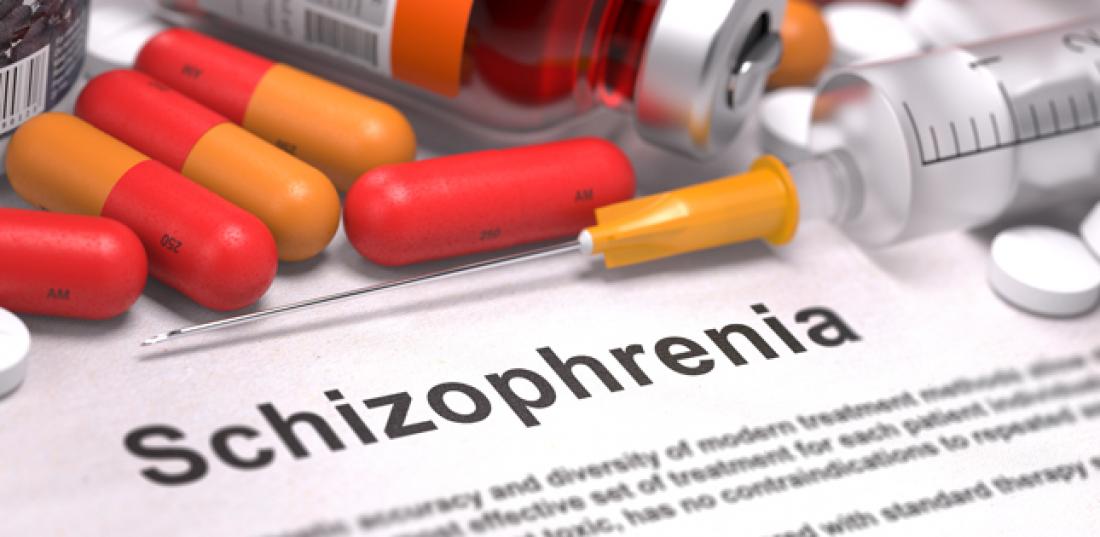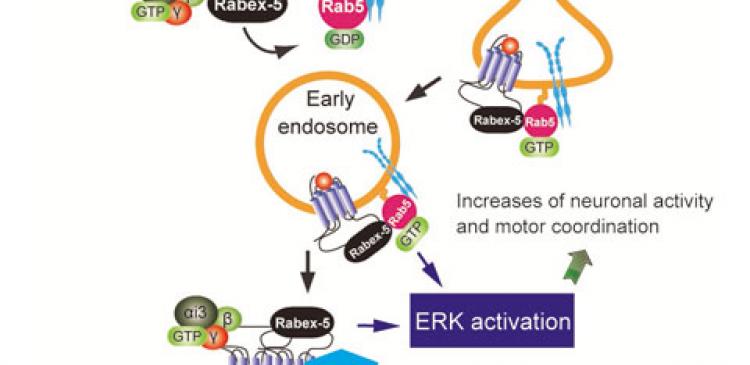Now, a new function of intracellular dopamine receptor (D2LR) has been discovered by a Japanese research group led by Dr. Norifumi Shioda and Tohoku University Professor Kohji Fukunaga.
In the study, D2LR is localized to an intracellular compartment such as early endosome in neurons. The growth hormone receptor (PDFGβR) mediates the intracellular localization of the dopamine receptor. The intracellular dopamine receptor then elicits persistent activation of extracellular signal-regulated kinase (ERK).
D2LR-mediated ERK activation is associated with the neuronal excitability of dopamine neurons in the brain. And because the intracellular D2LR signaling through ERK activation improves motor coordination and body balance, the research team believes that drugs that target the intracellular D2LR could be used to help patients with Schizophrenia and Parkinson's disease.
Contact:
Kohji Fukunaga
Department of Pharmacology, Graduate School of Pharmaceutical Sciences
Email: [email protected]




